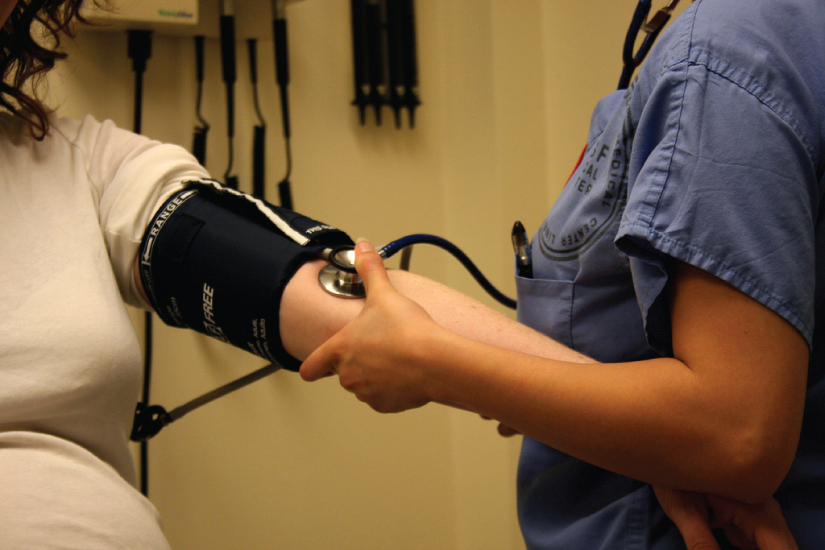
|

1.1 An introduction to the human body Read Online
1.2 The chemical level of organization Read Online

After studying this chapter, you will be able to:
Though you may approach a course in anatomy and physiology strictly as a requirement for your field of study, the knowledge you gain in this course will serve you well in many aspects of your life. An understanding of anatomy and physiology is not only fundamental to any career in the health professions, but it can also benefit your own health. Familiarity with the human body can help you make healthful choices and prompt you to take appropriate action when signs of illness arise. Your knowledge in this field will help you understand news about nutrition, medications, medical devices, and procedures and help you understand genetic or infectious diseases. At some point, everyone will have a problem with some aspect of his or her body and your knowledge can help you to be a better parent, spouse, partner, friend, colleague, or caregiver.
This chapter begins with an overview of anatomy and physiology and a preview of the body regions and functions. It then covers the characteristics of life and how the body works to maintain stable conditions. It introduces a set of standard terms for body structures and for planes and positions in the body that will serve as a foundation for more comprehensive information covered later in the text. It ends with examples of medical imaging used to see inside the living body.
Question: Aside from nervous system responses, what other two factors can stimulate smooth and cardiac muscle?
Choices:
fitness and diet
sympathetic and parasympathetic responses
hormones and local stimuli
calcium and sodium
Question: All muscles exhibit a quality called ____________, which allows them to generate action potentials.
Choices:
responsiveness
contractility
aphasia
excitability
Question: In skeletal muscles of the limbs, the three tissue layers (mysia) have collagen that fuses with the tendon and connects to the ____________ of the bone where it attaches.
Choices:
parastalsis
perimysium
periosteum
proximal joint
Question: Features of cardiac muscle include:
Choices:
physical and electrical connections to each cell
multinucleated cells
striations
one or two nuclei in each cell
branching cell bodies
Question: While the nervous system can influence cardiac and smooth muscles to some degree, the skeletal muscle system relies completely on signaling from the __________ ___________ to operate.
Choices:
nervous system
endocrine system
action potential
peripheral nerves
Question: Features of smooth muscle include:
Choices:
branching cell bodies
cells with one nucleus
striations
a uniform, non-striated appearance
one or two nuclei to each cell
Question: All muscles contract when a protein called _________ is pulled by a protein called _________.
Choices:
troponin; tropomyosin
myosin; tropomyosin
actin; myosin
actin; troponin
Question: A skeletal muscle is enclosed by ______________, a fascicle is enclosed by ___________, and individual muscle fibers are enclosed by _____________.
Choices:
epimysium; perostineum; endomysium
endomysium; perimysium; epimysium
epimysium; perimysium; endomysium
endomysium; epimysium; perimysium
perimysium; endomysium; epimysium
Question: In striated muscle, contraction occurs after specific binding sites on the actin are exposed by an interaction between:
Choices:
calcium ions and proteins (troponin and tropomyosin)
sodium ions and myosin
autorhythmic cells and conduction
calcium ions and ATP
Question: Features of skeletal muscle include:
Choices:
one or two nuclei to each cell
multinucleated cells
physical and electrical cell connections
striations
one nucleus per cell
Question: Along with excitability, what qualities do all muscles share? Select all that apply.
Choices:
elasticity
contractility
multinucleated cells
exstensibility
striations